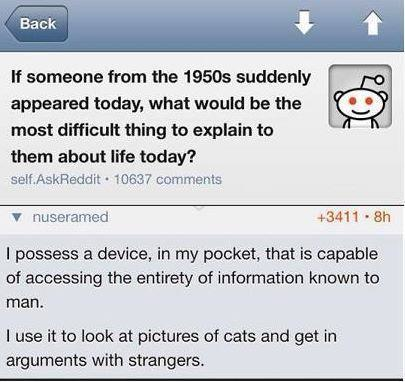My friend Mike wonders how Warren Ellis gets away with only writing a book every few years, but if he continues to improve at this rate, he can stay on this pace as long as he likes.
Ellis is mostly famous as the author of Transmetropolitan, an influential comic that ran between 1997 and 2002. Since then, he’s also written a wide variety of other titles, both creater-owned and otherwise (and also including the source material for the 2010 film RED, about which Ellis has said “if you don’t want to see a film with Helen Mirren with a sniper rifle, I’m not sure I want to know you.”) However, he’s also written prose, most notably the 2007 novel Crooked Little Vein, which I read and enjoyed.
Vein was a fine, if short, bit of work, and was mostly carried by Ellis’ voice. If you’re familiar with his blog and other online work, it’s easy to see its protagonist as a stand-in for Ellis himself (not in a wish-fulfillment Mary Sue sort of way at all, though, unless Ellis actually has a jones for scrotal inflations). Its plot was well into the sort of grotesque/absurd area that Ellis has explored in some detail in his graphic work; Wikipedia’s plot summary starts with
Michael McGill, a burned-out private eye is hired by a corrupt White House Chief of Staff to find a second “secret” United States Constitution, which had been lost in a whorehouse by Richard Nixon.
So. Right. It was fun and all, but it also (and obviously) absurdist.
Gun Machine (out this week) is very different. Our hero, New York Detective John Tallow, is still somewhat Ellis-ian (and, like McGill, he’s got some goofy sidekicks), but the story is an inventive and real-world police procedural mostly devoid of the absurd flourishes that formed the bulk of Vein. It’s also significantly longer without being padded.
Ellis starts us with a violent and shocking set piece that ends with our hero seeing his partner killed before killing the assailant himself; the gunfire exposes a heretofore apparently sealed tenement apartment completely full of guns. Guns adorn nearly every inch of the wall, floor, and ceiling. And, as it happens, every one they test turns out to be tied to some unsolved homicide, going back twenty years or more.
It’s a weird setup, which we expect from Ellis, and I worried a bit that the excesses of Vein would show up and run off with the story. That never happens. Instead, we get a solid and disciplined novel that I found very hard to put down. It’s still a bit weirder than so-called mainstream thrillers, but mostly in tone. (The killer’s totemic apartment ties into his own delusions, not some secret mystical power, for example.)
If I have one complaint here, it’s that the conclusion of the work is a bit abrupt — though by no means as unsatisfying as, say, some of Lee Child’s work has been (all these guys could take a lesson from the late Mr Parker on that front). I get that endings are hard, and Ellis’ isn’t bad, but I definitely came away wishing the last chapter had fleshed a few things out a bit more. That’s a nit, though. Gun Machine was big fun, and I’ll be first in line to read Ellis’ next novel even if he takes another five years to churn it out. (Confidential to W.E.: Please don’t.)
Now: I think I’ll read something completely devoid of policemen.






